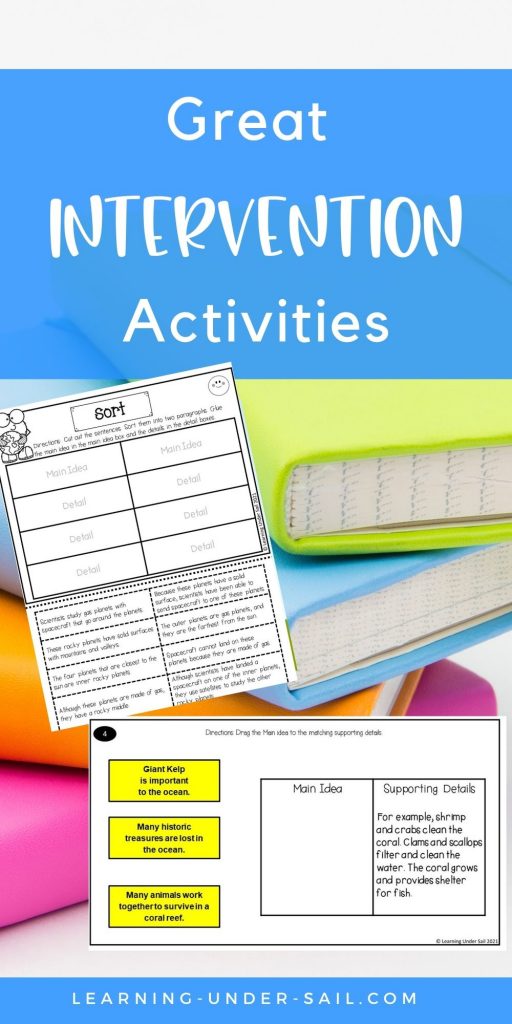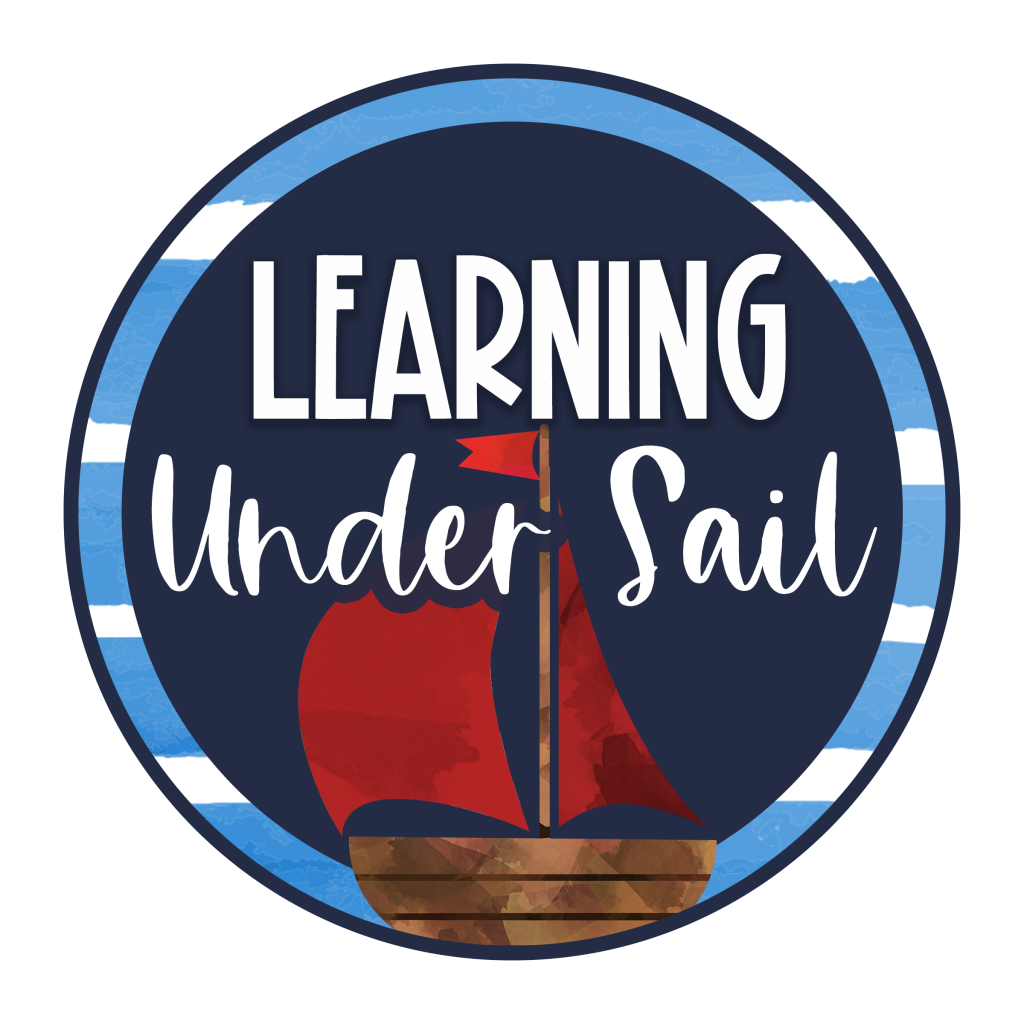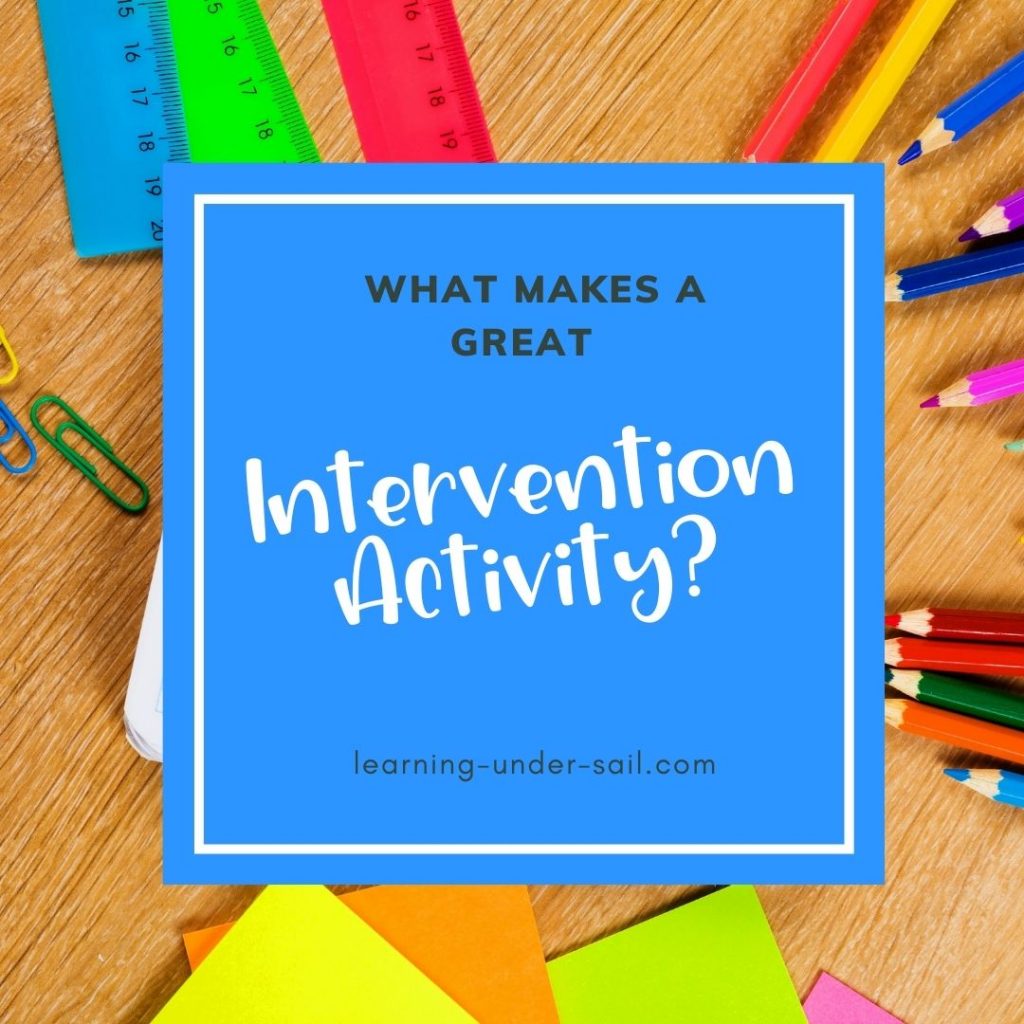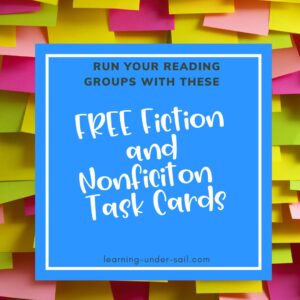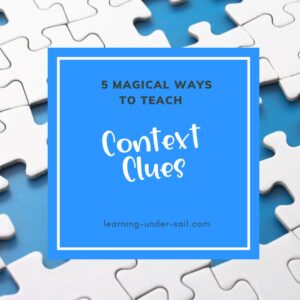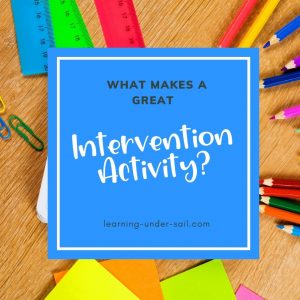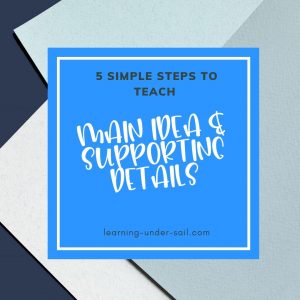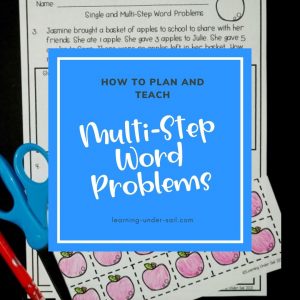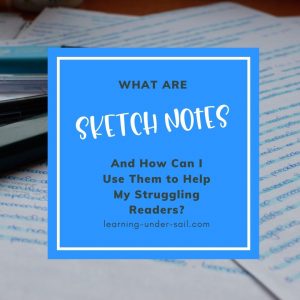What Makes a Great Intervention Activity and Lesson?
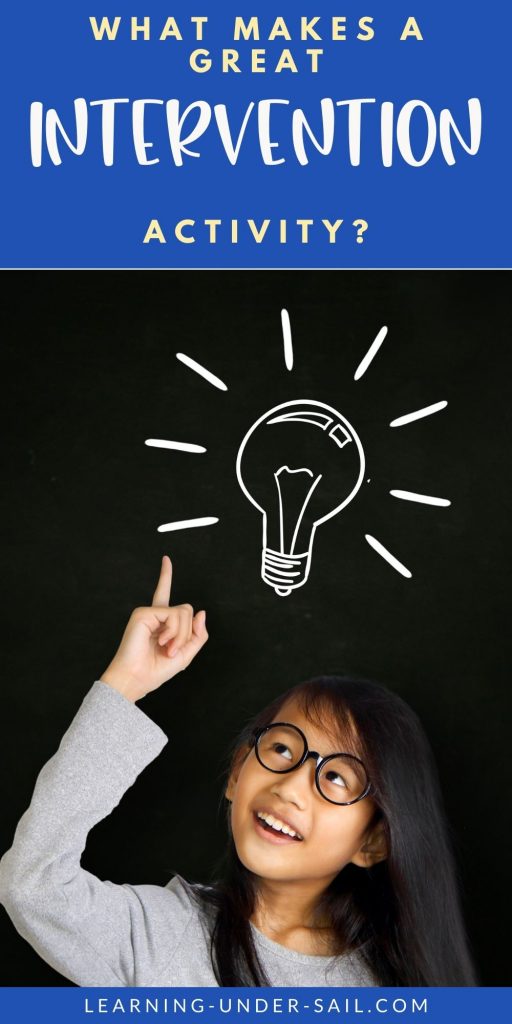
Are you looking for a powerful intervention activity to accelerate student learning? It’s easy to get overwhelmed hunting for an intervention activity or lessons that fits your students’ needs.
I have been an interventionist for 3rd-5th graders in reading and math for the last five years. Here are some tips and tricks to help you plan intervention activities and lessons that take your students from intervention to mastery.
Tip 1: Keep the intervention activity simple.
There are two essential parts to an intervention activity.
- The intervention activity must be aligned to the objective.
- The student should be able to complete the activity independently after instruction.
If your activity does not meet these two criteria, you are wasting valuable time.
Tip 2: Start at the beginning.
This might mean that you need to go back to first or second grade content or standards for a third grader. As long as your lesson is aligned to the standard and the student is finding success, you are making progress. The best way to decide where to start is formative assessment. Again, keep it simple.
Once you decide which skill needs to be taught, plan out four or five questions that are prerequisites for the skill. Use these questions at the beginning of your first lesson to guide your instruction. After you have taught the prerequisite skills and feel your students understand, ask the same questions again to decide if they are ready to move on to the next level. The next level could be another set of prerequisite skills or the grade level material. Continue this targeted instruction until your students have mastered the target skill.
Tip 3: Slow down to speed up.
I didn’t get this concept until I became an interventionist. Tip 3 is similar to Tip 2, “Start At the Beginning.” Most likely, your intervention students are missing some big concepts and ideas. Be sure to take the time to go back to teach what your students are missing. You will find that once you fill that missing link, your students will hit the ground running with their new understanding and get caught up in no time.
For example, if you are working on main idea and you need to go back to sorting pictures and labeling categories to help your students get the gist of finding the main idea, do it! Students who need intervention most likely missed the most basic concept or idea, so the grade level content has nothing to “stick” to. Give them a good understanding of a concept and they will be able to relate it to more rigorous content.
Tip 4: Target your intervention activity and lesson with laser focus.
There is a time to teach skills in isolation, and intervention is one of them. Keep your talk time short. Give direct, specific instruction, and turn the intervention activity over to your students so they have lots of time to practice and you have time to coach.
Many students who require intervention also have some attention difficulty. Do your best to keep your talk time to five minutes or less with high engagement from the students during a short, guided practice sessions to keep them on task and thinking about their learning.
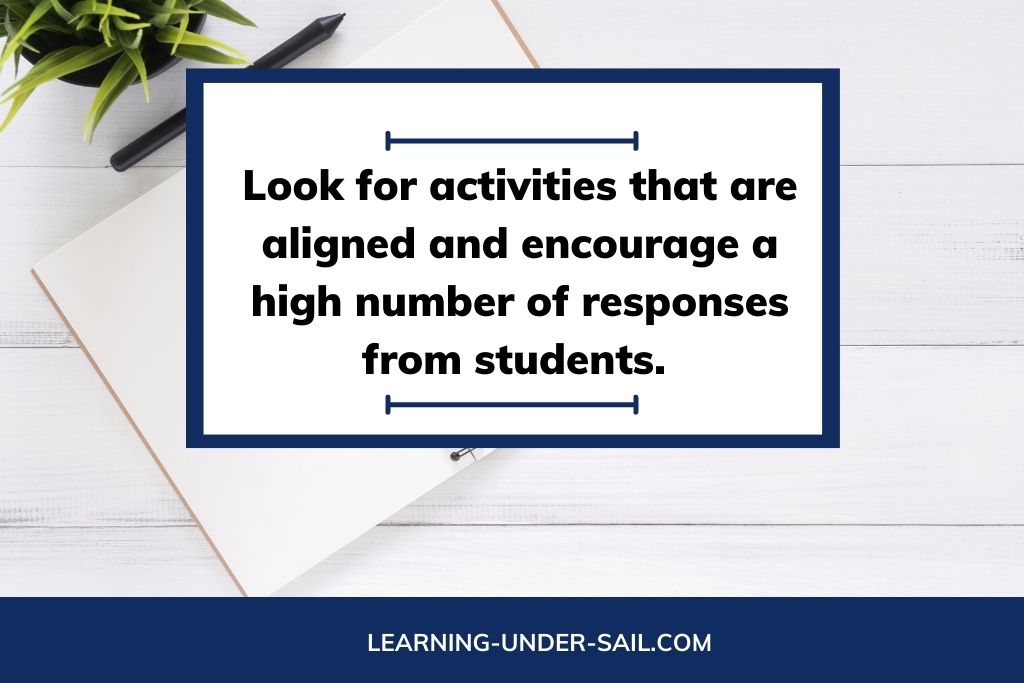
Tip 5: Be consistent.
Make a schedule and stick to it as much as possible. Don’t let school life get in the way of your intervention plans, because it will if you let it. There are counseling lessons, assemblies, (virtual) field trips, absences, testing, professional development, and on and on. Have a plan for when you can meet with your intervention students if you can’t meet with your group at the regularly scheduled time. If your class is required to attend a virtual field trip during your intervention time, find time later in the day to meet with your group for 10-15 minutes. Can you pull your group during independent reading time? Steal ten minutes from your math block? You are more likely to see gains in short, focused 10-minute lessons over four or five days than to try to rush through a week’s worth of lessons in a day or two.
What to look for when choosing intervention activities:
- Quick lesson with aligned student activity
- Focuses on a specific skill and possibly subskill
- Simple directions
- Responses required from every student in the group, every time
- Immediate feedback for each response
- Engaging ways to respond (cut and paste, coloring, whiteboard and marker, written response, response cards, etc.)
Need something a bit more specific? Still feeling overwhelmed? Let me help you!
Here are a few resources that I created because I had a hard time finding the intervention activities that I needed for my students.
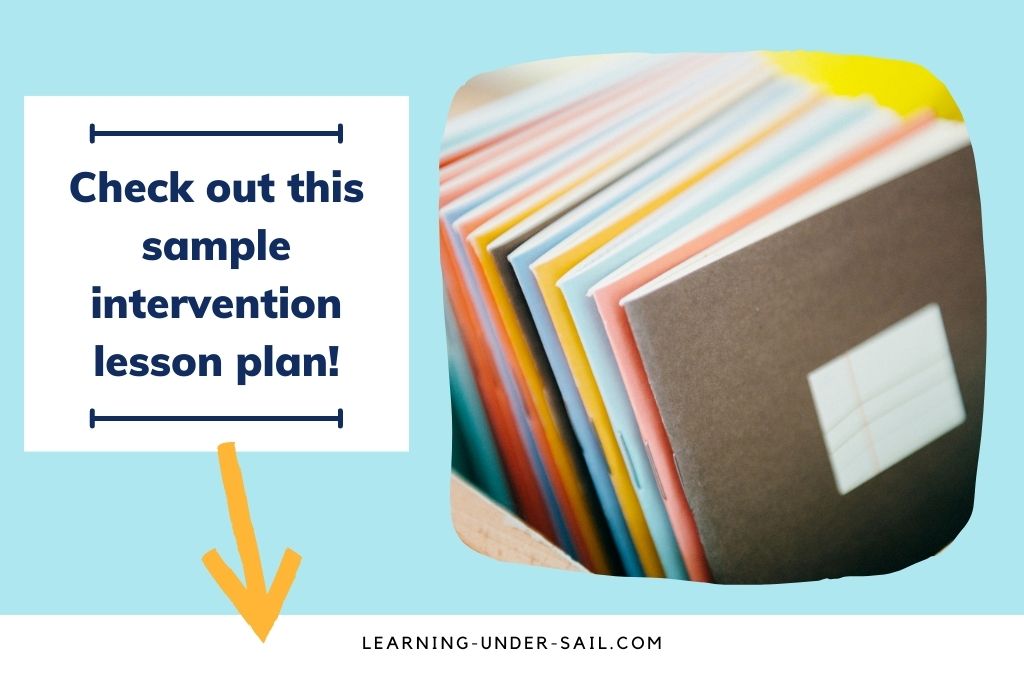
Intervention Activity and Lesson Example for Teaching Main Idea:
Sample Intervention Lesson Idea:
Main Idea Intervention Lesson Day 1:
Lesson – Use the first part of the Details and Main Idea PowerPoint to introduce Main Idea. This part of the lesson introduces main idea and supporting details by sorting pictures and words and labeling them with a category title. Rember to keep your talk time short so your students have lots of time to practice on their own.
Activity – Have students sort words and give each category a topic from this Main Idea Lesson. This is the same activity that was done as a whole group. Reinforce the idea that the main idea is like the category that tell what all the details in the paragraph have in common. The supporting details have something in common (the main idea), but each detail is a little different. After giving directions, let students spend some time doing this activity on their own. Be careful not to give away the answer right away.
Main Idea Intervention Lesson Day 2:
Lesson– Group practices sorting pictures and labeling each category from the Main Idea Lesson. Teacher reinforces the idea that the main idea is like the category that tells what all the details in the paragraph have in common. The supporting details have something in common (the main idea), but each detail is a little different.
Activity – Have students sort the second set of words from the Main Idea Lesson. This is the same activity that was done as a whole group, except with words instead of pictures. Reinforce the idea that the main idea is like the category that tell what all the details in the paragraph have in common. The supporting details have something in common (the main idea), but each detail is a little different. Notice that the concepts are repeated, but with different activities.
Main Idea Intervention Lesson Day 3:
Lesson – Complete the Details and Main Idea PowerPoint slides. These slides bump up the rigor from organizing the main idea and details with pictures and words to organizing phrases and sentences into the main idea and details.
Activity – Complete one organizing sentences paragraph from the Main Idea Lesson.
Main Idea Intervention Lesson Day 4:
Lesson– Use the Google Slides Version of the Main Idea and Key Details Activities to practice matching the main idea to the paragraph with three of the slides.
Activity– Assign the remaining main idea matching Google Slides Version of Main Idea and Key Details Activities. Prefer the paper version? You can find it here.
Main Idea Intervention Lesson Day 5:
Lesson– Quick review: What is the main idea? (The main idea is like the topic, or big idea, that tells what all the details in the paragraph have in common.) What are supporting details? The supporting details have something in common (the main idea), but each detail is a little different.
Activity – Assessment: Assign the assessment from Google Slides from Main Idea and Key Details Activities. (or the paper version found here) Give students immediate feedback on their assessment.
Depending on how students perform on the assessment, you can continue instruction for another week if needed or add practice activities to independent work and minilessons, so students have the opportunity to practice and master the skill they just learned.
You can find all of my main idea resources in my Teachers Pay Teachers store here.
Looking for more ideas to bump up your intervention plan? Check out this blog post:
Why Upper Elementary Struggling Readers Need to Play Intervention Games
Want a few more intervention tips? Check out these related articles:
Six Characteristics of Effective Intervention by Learning for Life
How to Write an Intervention Plan [+Template] by Jenna Buckle
